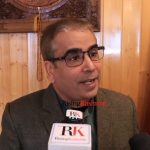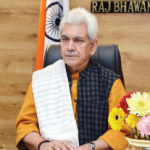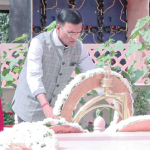Jammu, Apr 08: Member of Legislative Assembly (MLA) Doda, Mehraj Malik on Tuesday raised a series of probing questions concerning the power crisis and environmental safeguards in the Chenab Valley, particularly in the districts of Ramban, Doda and Kishtwar—home to major hydroelectric power projects.
During the ongoing Assembly proceedings, the MLA questioned why the region faces frequent power shortages despite hosting a substantial portion of Jammu and Kashmir’s hydroelectric generation. He asked whether it was true that half of the Union Territory’s electricity comes from Chenab Valley while the local population continues to suffer from poor power supply.
The government, however, denied the claim, stating: “No, Sir.” It clarified that the cumulative installed capacity of four commissioned hydroelectric projects in the Chenab Valley is 1,305 MW—amounting to 36.86% of J&K’s total hydro capacity of 3,540.15 MW.
To alleviate the region’s power issues, the Jammu Power Development Corporation Limited (JPDCL) is upgrading infrastructure under the Revamped Distribution Sector Scheme (RDSS) and the Capex program, aimed at strengthening sub-transmission and distribution networks, the government said.
Malik also raised concerns about the environmental and geological safety of these massive projects, particularly regarding potential threats to human life. In response, the government assured that all requisite safety measures are being implemented under Environment Management Plans (EMP), including Catchment Area Treatment (CAT) to ensure geological stability.
The government further confirmed that Environmental Impact Assessments (EIA) had been carried out for all commissioned and under-construction hydro projects, with clearance from the Ministry of Environment, Forest and Climate Change (MoEF&CC).
“These projects are also equipped with EMPs that cover a range of initiatives, including Compensatory Afforestation, Biodiversity Conservation, Reservoir Rim Treatment, Solid Waste and Muck Disposal, Public Health and Disaster Management Systems,” it said
The government said a Rehabilitation & Resettlement (R&R) Plan has been instituted for each under-construction project. These include compensation for displaced families, housing support, livestock shelter assistance, educational scholarships, skill development programs, and pensions for vulnerable groups, it said.










